Reporting at the meeting, Chairman of the National Assembly's Economic Committee Vu Hong Thanh said that the draft law after being received, revised and completed includes 6 chapters and 65 articles; 2 articles were removed and 2 articles were added compared to the draft law submitted to the National Assembly at the 7th Session.
It is necessary to supplement the principles of applying planning when there are conflicts between plans.
Speaking at the discussion session, delegate La Thanh Tan, National Assembly Delegation of Hai Phong City, said that the draft Law needs to have regulations to ensure compliance of construction investment projects with urban and rural planning in case of conflicts between plans...
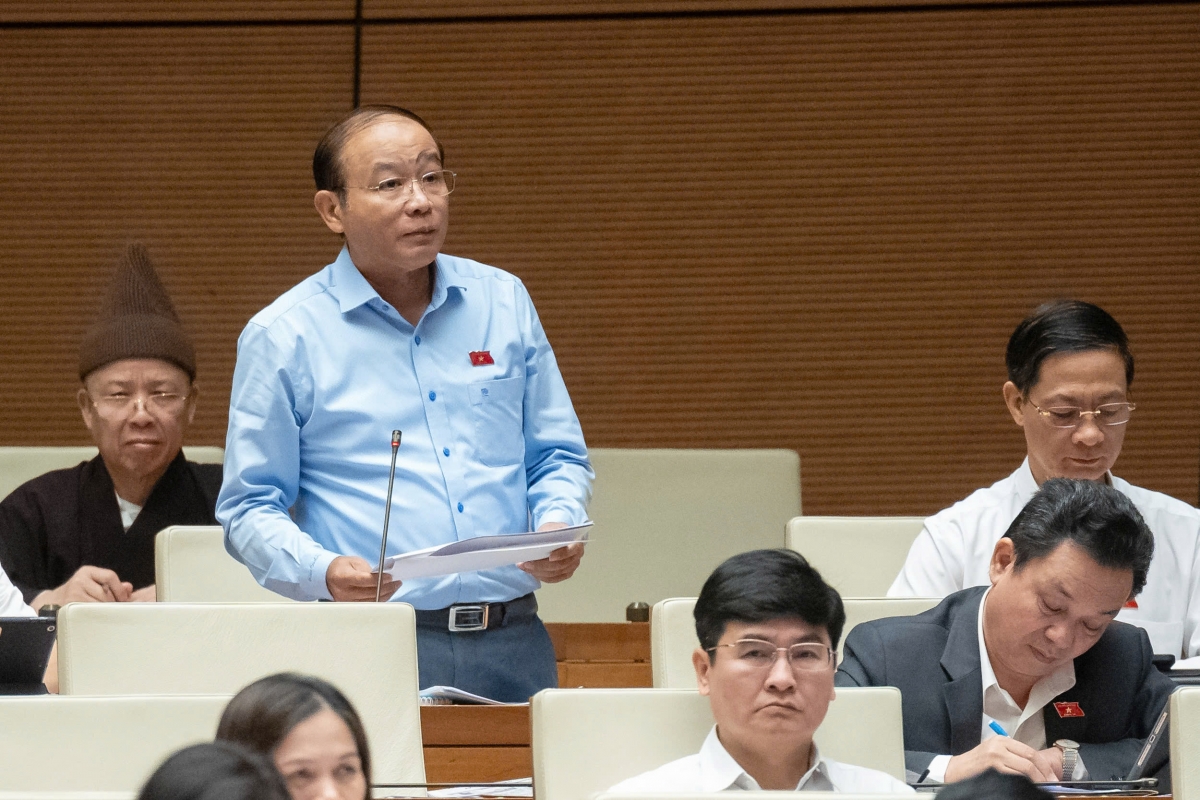
The delegate said that according to the provisions of Article 8 of the draft Law, when there is a conflict between urban and rural planning at the same level and with the same planning approval authority, the authority with planning approval authority shall decide on the planning to be implemented; in case of the same level and different planning approval authority, the authority with higher planning approval authority shall decide on the planning to be implemented.
According to the delegate, the provisions in the current draft Law may cause a situation where when a project implementation activity encounters inconsistencies between plans, it must stop to carry out procedures to wait for the competent authority to decide on the implementation plan or wait for the plans to be adjusted to be consistent before implementation.
Besides, Article 8 of the draft Law only mentions the contradiction between urban and rural planning according to the provisions of this Law.
“In reality, there are still conflicts and overlaps between construction plans and many other plans such as mineral, energy, transport, agricultural and land use plans that have not been resolved. Although the draft Law also stipulates principles to ensure consistency in planning, in reality, conflicting and overlapping contents of plans are inevitable,” delegate La Thanh Tan stated.
From the above analysis, delegate La Thanh Tan suggested that the Drafting Agency should study and supplement the principles of application and use of planning when there are conflicts between plans. Thereby, to have a basis for quick identification and application, avoiding waste of time, costs as well as opportunities for investors and state resources.
Transport development comes first to guide urban development.
Participating in the discussion, delegate Hoang Van Cuong, National Assembly Delegation of Hanoi City, said that for centrally-run cities, in addition to provincial planning, there must be a general planning. Because each type of planning has different functions, but to avoid overlap and duplication, this draft law must be clearly defined.
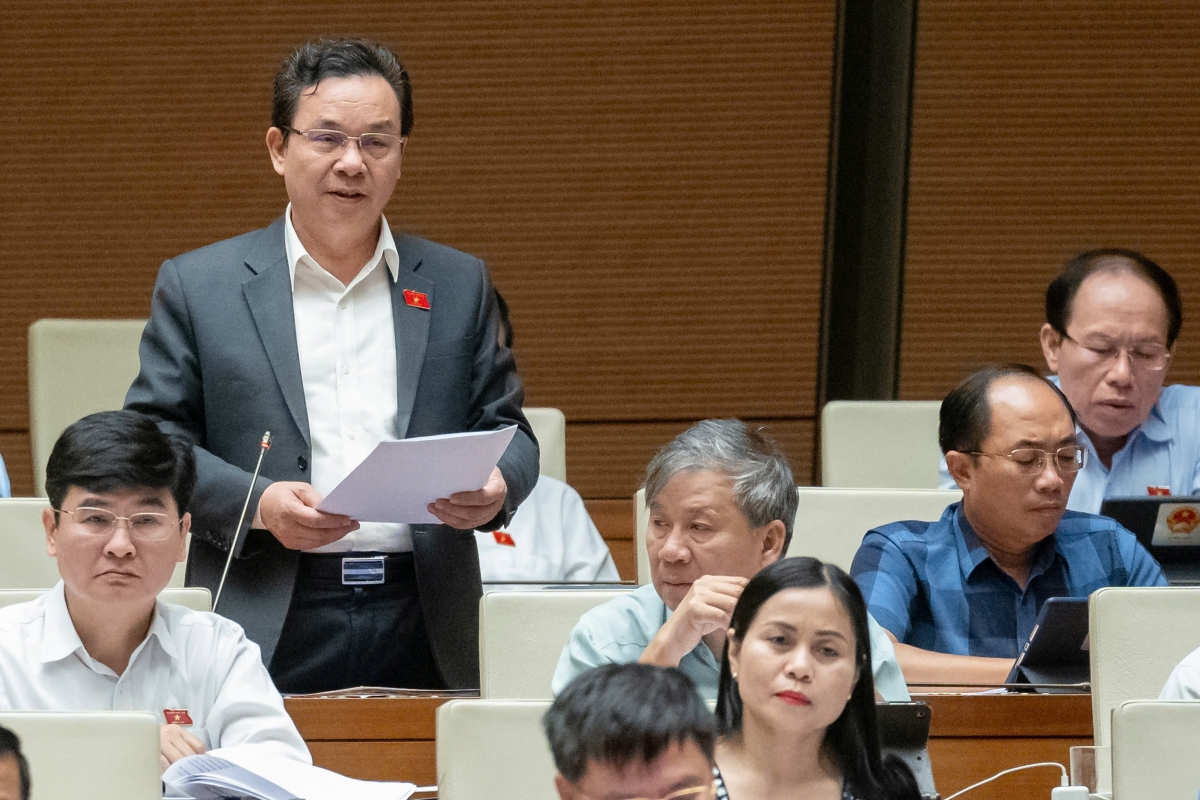
In which, the general planning performs the function of guiding the development of all sectors and fields, and then there is also detailed planning for each sector and field...
Therefore, delegate Cuong proposed that Article 20 should specify the contents of infrastructure development, not just provide orientation.
“Even in areas without zoning plans, the boundaries of these elements must be clearly defined to set up boundary markers; and in areas with zoning plans that need to be located, the zoning plans determine the boundary markers,” said Mr. Cuong.
Talking about TOD urban areas - developing transportation first to guide urban development, Mr. Cuong said that there is a situation of rampant urban development without transportation, and then having to leave the area deserted without people living there.
“If we develop transportation first, when the city develops, people will move in immediately and there will be no more abandonment. At the same time, the increased land value when there is transportation will focus on the state budget instead of going into private hands,” the Hanoi delegation stated.
Therefore, the delegate suggested that in the planning implementation plan in Article 50, Clause 3, it is necessary to clearly indicate the progress of planning implementation, implementing infrastructure planning first, then urban planning to avoid the current situation of "asking for land for infrastructure first but there is no planning".
The delegate also said that planning is essentially the selection of resource allocation options for development goals. So, how to exploit resources most effectively, in which land resources are the most important resource.
"We must stipulate in the law that in the options for urban development, there must be an assessment of the costs and benefits of land use, to have a basis for explanation," said delegate Cuong.
There needs to be open regulation at all planning levels.
Pointing out the practical difficulties in Hanoi related to the 1/2000 and 1/5000 zoning scale planning, delegate Nguyen Truc Anh, Hanoi City National Assembly Delegation, said that there should only be one type of zoning scale planning at 1/2000. At the same time, when the 1/5000 zoning scale has been stably implemented in Hanoi, we should stipulate direct provisions to comply with the Land Law and Housing Law.
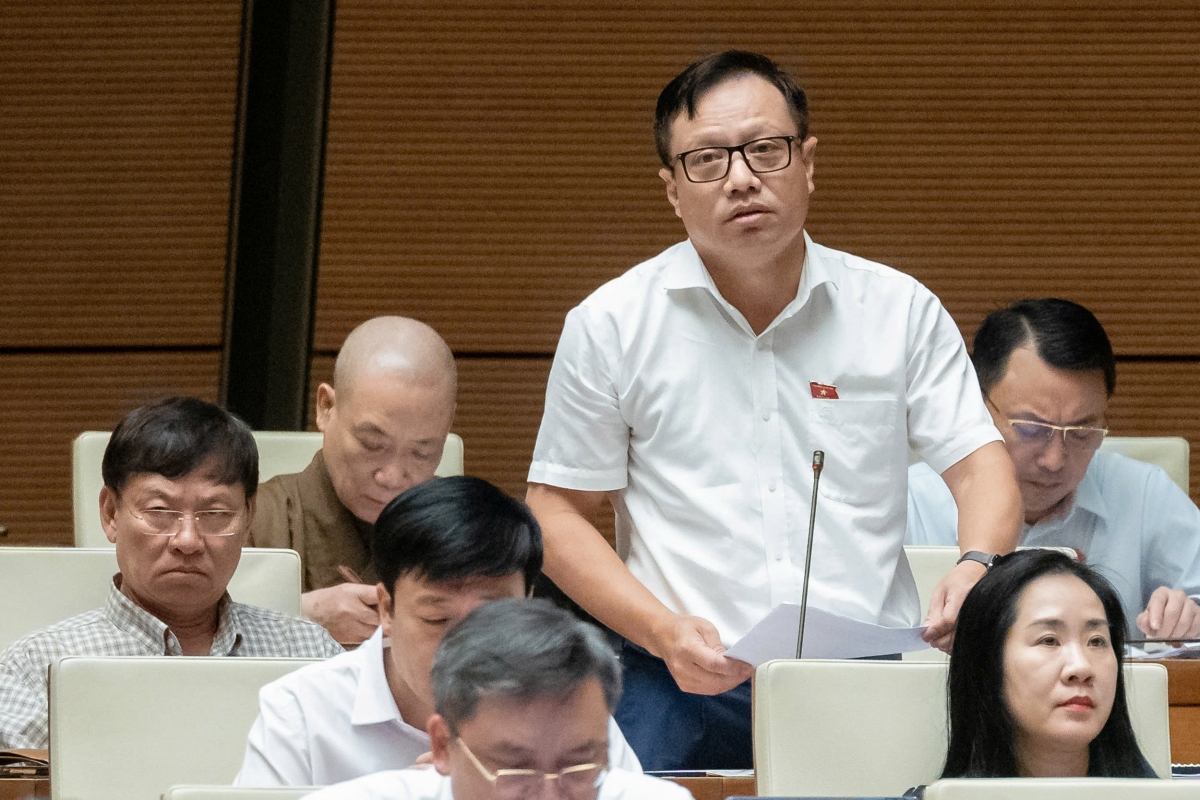
Regarding overlapping conflicts between planning levels, delegate Nguyen Truc Anh said that it is only necessary to stipulate that if there is a problem at a higher level, it is necessary to report to the higher authority and make adjustments at the lower level during the planning adjustment period.
Regarding the planning level, delegates said that it is necessary to take into account new arising issues, such as planning along rivers, planning of large urban areas in Ho Chi Minh City, Hanoi Capital region... there should be open provisions, the Government requires units to implement.
Regarding the planning period, according to Mr. Nguyen Truc Anh, the planning period is not the effective period of planning management; the planning period is very different. We should understand that the planning period reaches a period of 5 years, 10 years, or 20 years, which is the period when it must be adjusted again. If there is any content that needs to be adjusted, then it will take effect.
Explaining and clarifying a number of issues at the meeting, Minister of Construction Nguyen Thanh Nghi said that the Ministry of Construction will coordinate with ministries and branches to submit to the National Assembly amendments and supplements to related laws such as the Investment Law, Bidding Law, etc. to ensure consistency and unity.
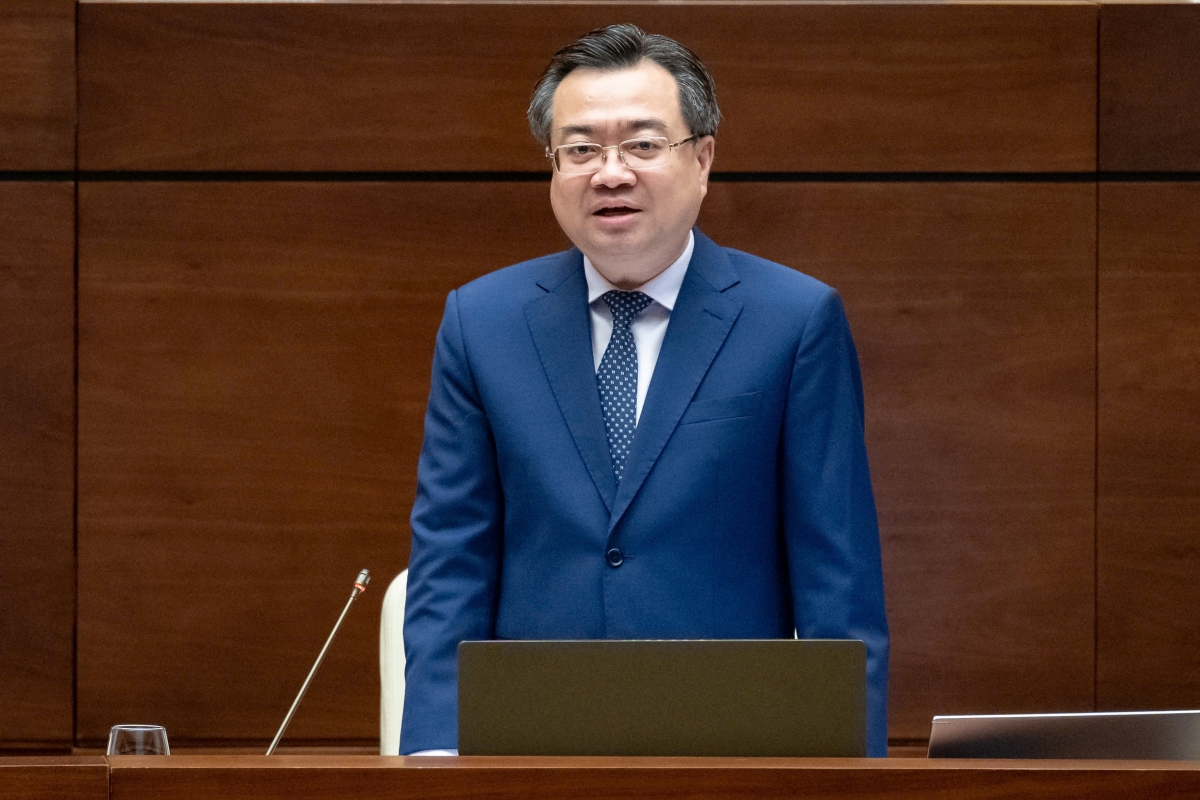
The Draft Law also added a provision allowing the simultaneous establishment of a master plan and in cases where a master plan is approved by a different authority, the master plan approved by a higher authority will be approved first. In cases where master plans are approved by the same authority, the master plan that is established and appraised first will be approved first.
Regarding the resolution of problems and conflicts in planning, the draft Law has also revised the provisions in Article 7, separating them into Article 8, in which in case of conflicts between urban and rural plans at the same level, the competent authority approving the planning, or a higher authority deciding on the implementation of the planning, instead of having to carry out the review and adjustment process. In case of conflicts between urban and rural plans at different levels, the planning agencies and organizations shall report to the competent authority approving the planning to carry out the planning adjustment according to regulations.
In case of conflict with plans of the same level, the content approved by the planning authority must be updated and shown in the planning dossier and the order and procedures for implementation must comply with the Government's regulations, to ensure requirements and principles in urban and rural planning activities.
Regarding the conflicts between urban and rural planning and other specialized technical planning, Minister Nguyen Thanh Nghi said that the drafting agency and the appraisal agency will continue to review to complete...
Source: https://vov.vn/kinh-te/phat-trien-do-thi-tran-lan-nhung-khong-co-giao-thong-roi-bo-hoang-post1130855.vov


![[Photo] Prime Minister Pham Minh Chinh chairs conference on anti-smuggling, trade fraud, and counterfeit goods](https://vphoto.vietnam.vn/thumb/1200x675/vietnam/resource/IMAGE/2025/5/14/6cd67667e99e4248b7d4f587fd21e37c)
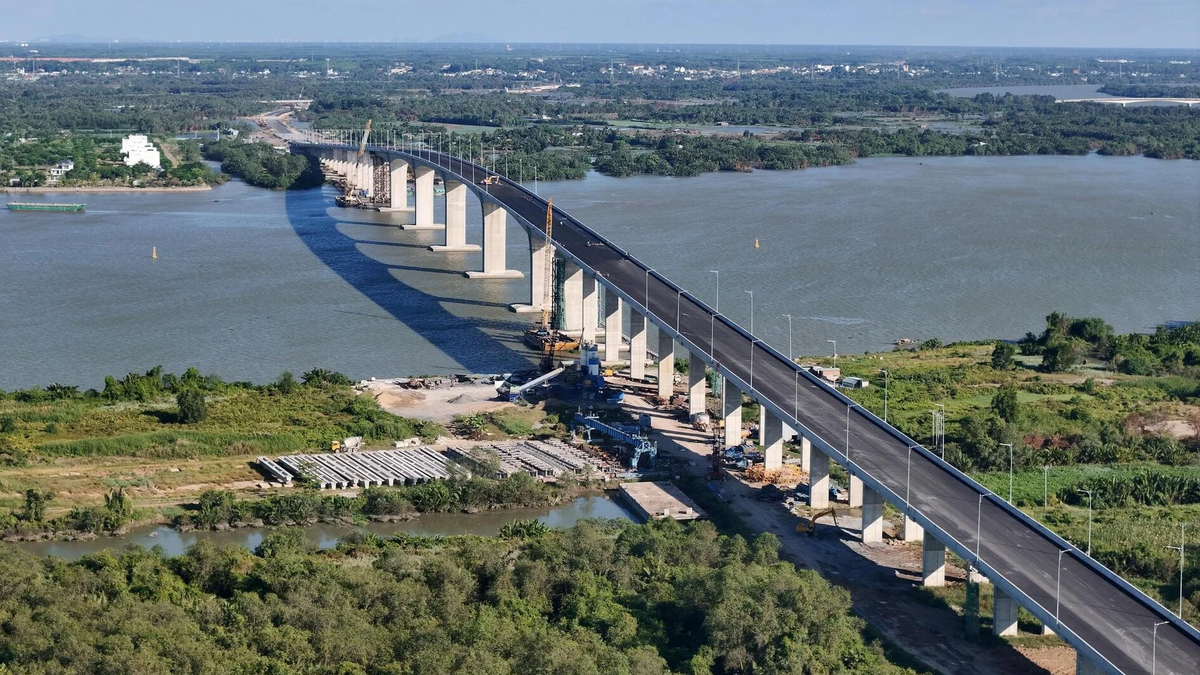










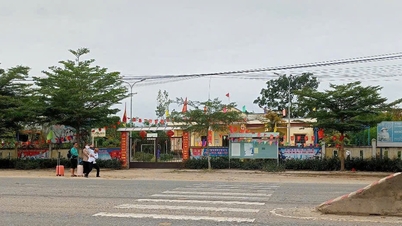
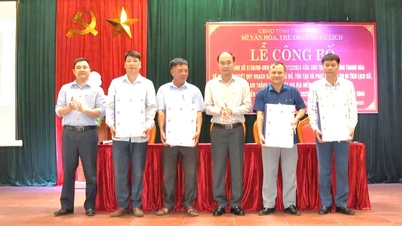



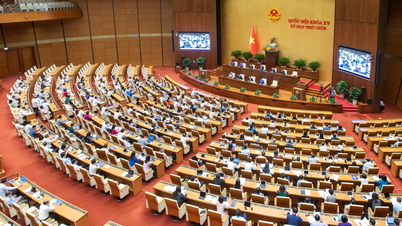




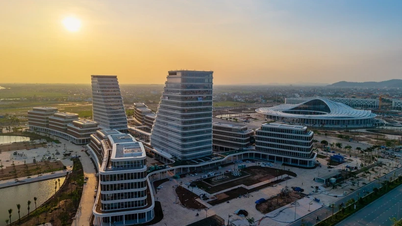













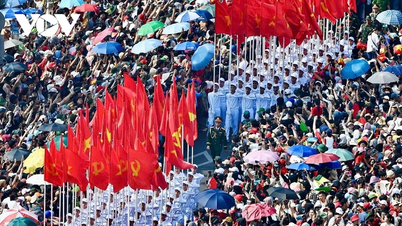





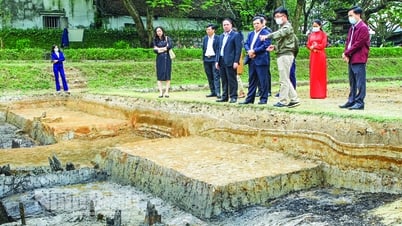



















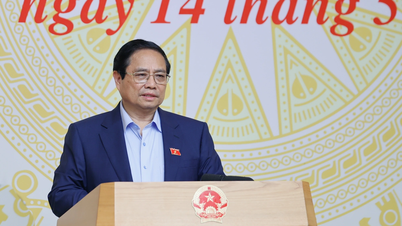

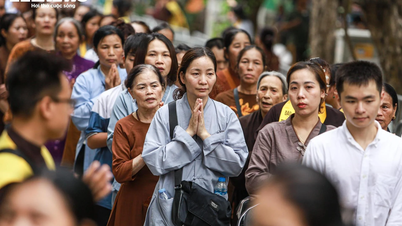






















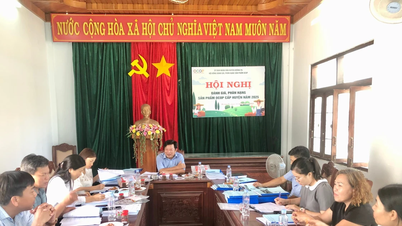







Comment (0)